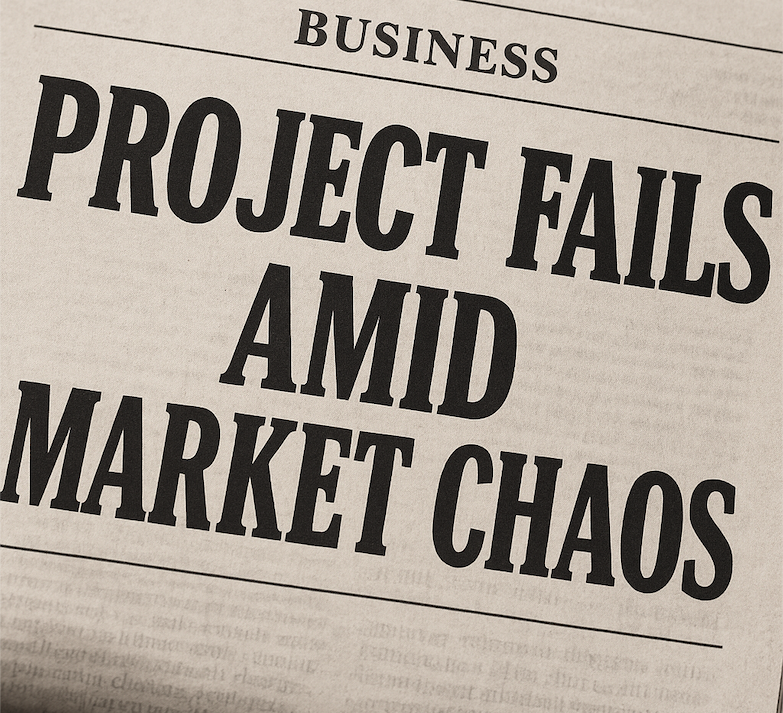Worried about what could go wrong? Try imagining that it already has.
That’s the power of a pre-mortem. It’s a tool I often use with clients navigating today’s unpredictable market. Instead of waiting for a post-mortem, a premortem asks:
“It’s six months from now and this initiative failed. What happened?”
With rising tariffs, global disruptions, and shifting regulations, you might also ask:
➡ If tariffs are imposed on Country Y, or rise by 10X, what would be the impact on our current plans?
➡ What contingency plans do we need to put in place today to prepare for that possibility?
It might sound grim, but it’s one of the most practical and effective exercises you can do to build foresight and resilience.
Here’s a snapshot of how it works:
🔍 Set the Scene
Clarify your goal. Then imagine the project failed. This isn’t about negativity. It’s about stress-testing your assumptions, especially under market volatility and economic uncertainty.
📰 Write the Headlines
“What would the headline say if this failed?”
“New Tariffs Sink Expansion Plans” or “Missed Market Shifts Lead to Delays.”
This brings clarity to the risks people are quietly worried about.
🧠 Dig into the Causes
Explore what could go wrong. Look at both internal issues (resource gaps, misalignment) and external threats (geopolitical changes, tariff hikes, supply chain disruptions).
🛠️ Spot Patterns and Plan Ahead
Group the risks, look for themes, and design responses.
Ask:
• What can we do now to reduce the likelihood?
• What would signal that this risk is becoming real?
• If it happens, how will we respond?
✅ Strengthen Your Plan
Adjust your strategy, timelines, or forecasts. Build flexible plans that can shift if market assumptions change. The goal is readiness, not rigidity.
Many of my clients say this exercise brings a sense of calm, clarity, and confidence. Because now, they’re not just reacting. They’re proactively leading.
Curious to try it with your team?
I’d be happy to help facilitate.
